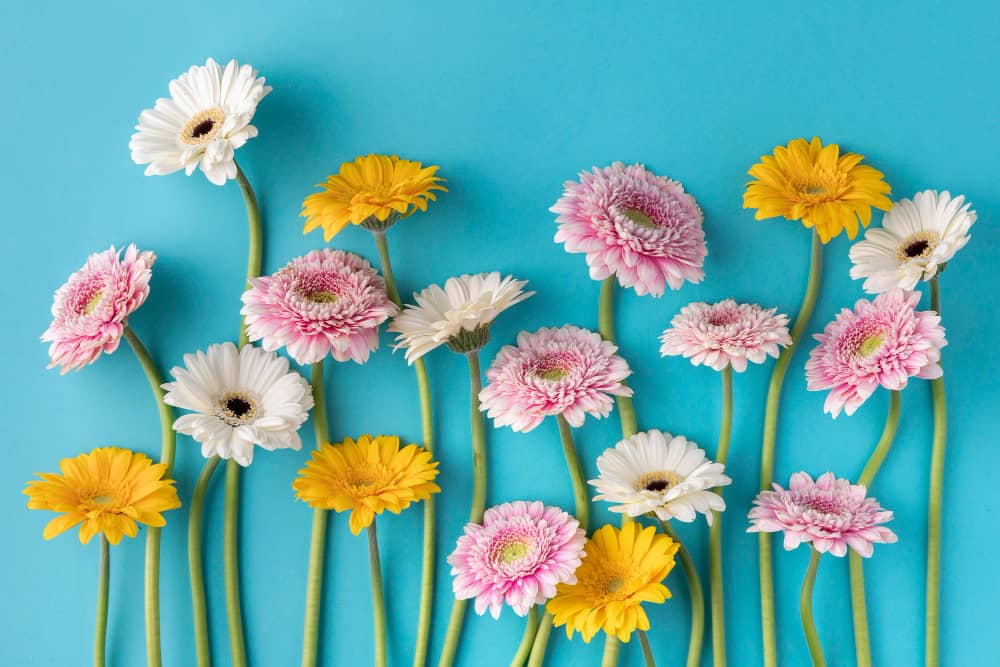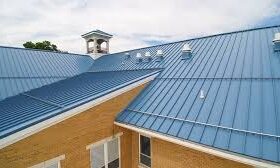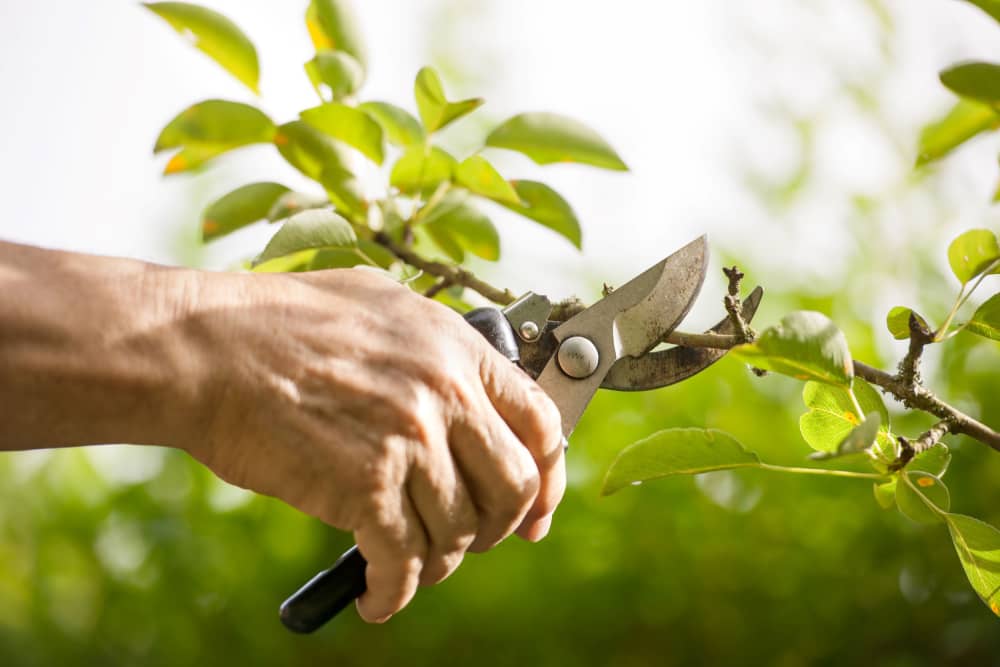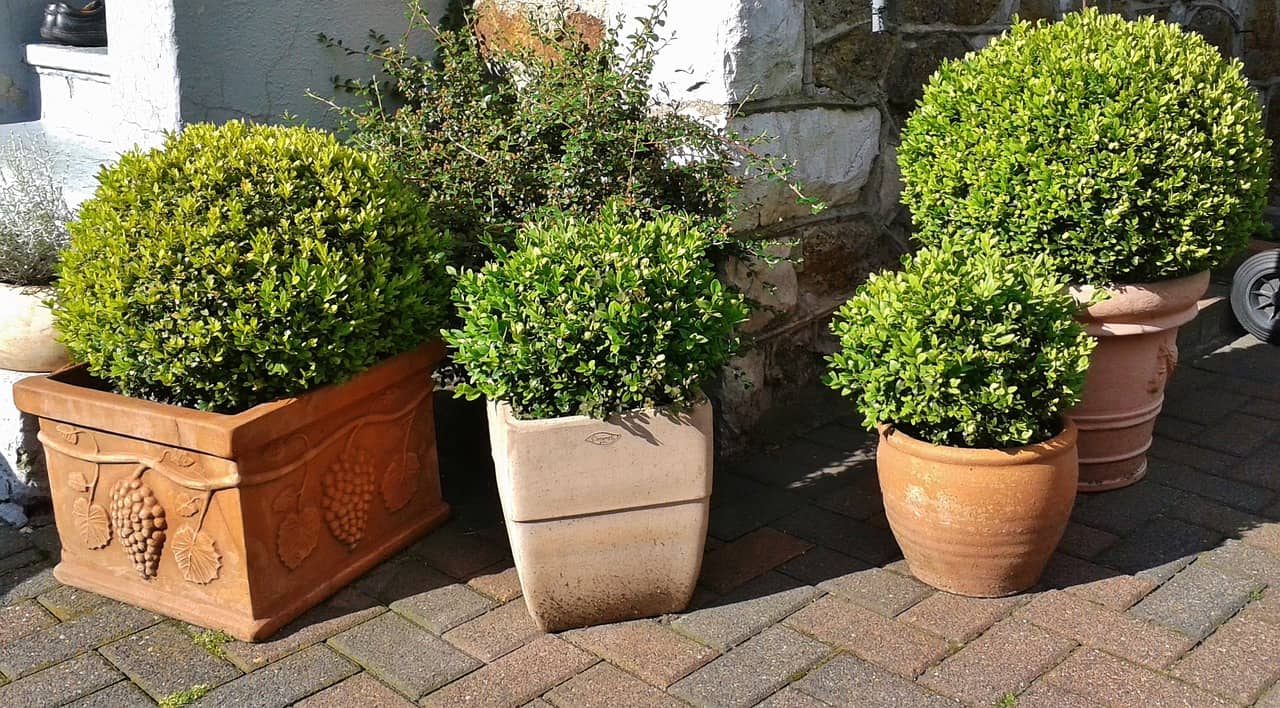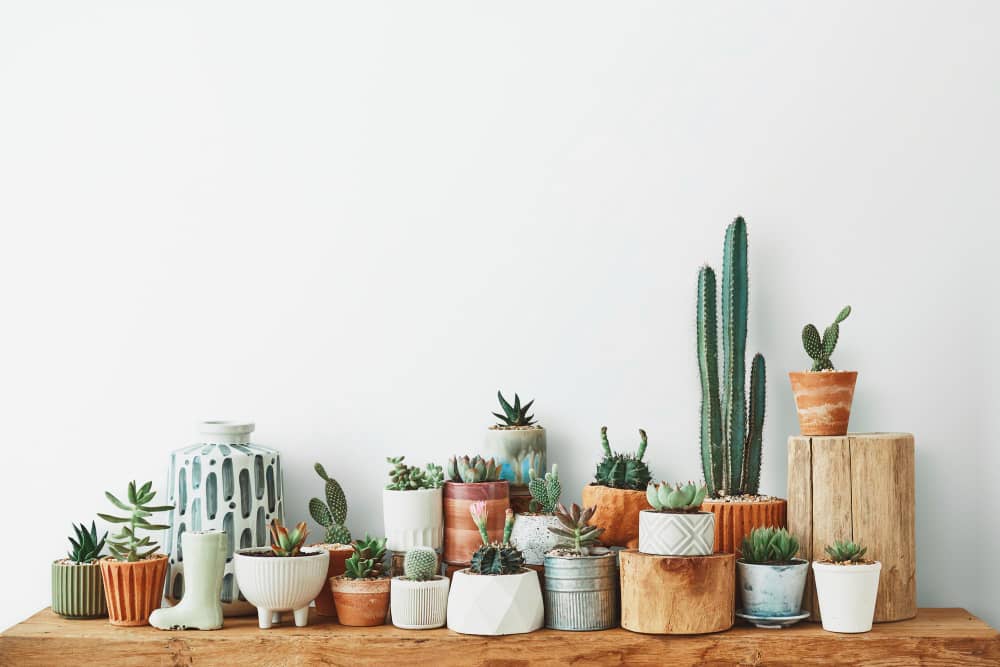Flower beds could add even more beauty to your yard. In addition, it may improve the structure of your soil, preventing erosion. It may also be a good way for bees and butterflies to pollinate.
Suppose you’re planning to grow a flower garden soon. In that case, you may consider developing suitable and eco-friendly flower beds. That way, you could grow different flowers and plants that’d make the most out of your garden space. For that purpose, here’s an article to help you. So, read on!
1. Choose The Right Location
In selecting the location for your flowerbed, you should consider the light and moisture conditions of the place. An area with too much shade may not be an excellent place to start a garden because of limited sunlight. In contrast, you should pick a space that’s neither very dry nor very wet so your flowers won’t wither or be overwatered.
Apart from these, you may also select the space away from where your usual yard activities take place. This way, your plants and flowers won’t be stepped on. You can also choose the areas where you could install the beds more quickly.
2. Select And Nourish The Soil
You could start cultivating the available soil to make it loose in the location. You may add other types, such as clay-heavy components, to enhance its compactness if it’s too loose. If you’re in Kansas City or other nearby cities, you may go to Missouri Organic and similar establishments to know more about compost and other soil products.
Apart from that, you may also consider the following tips:
Add Soil Amendments
Soil amendments nourish any soil. General compost, treated sewage sludge, and wood clippings can add nutrients and improve soil structure. On the other hand, lime increases soil pH. Apart from these, organic matter-based amendments moderate soil temperature and enhance aeration and drainage. Furthermore, it gives better pore space for roots.
Because of the many benefits of soil amendments, you may need to apply an ample amount to your garden’s topsoil regularly. The process could be more frequented if the area is generally flooded most of the time. For better results, you may need to designate an area for composting where you could easily source out the grass clippings, poultry manure, and other types of organic matter mixed into the soil.
Consider Mulching Application
To further improve the soil quality, you may apply mulching to the topsoil. This could hold better plant moisture and eliminate the residual effects of non-biodegradable materials and fertilizers. In addition, it also prevents weed growth, providing more space for flowers and plants.
Mix Different Kinds Of Soil
Mixing soils is one way of improving soil condition and quality. This generally combines different soils and capitalizes on each soil’s quality. Through this process, you’ll be able to prevent compaction and allow your soil to absorb moisture and nutrients better. Furthermore, the roots of young plants could manage to grow through once-barren soil.
3. Choose The Flowers

In choosing the first flowers and plants you’ll grow in your beds, you may consider the types that don’t require special care, such as specific temperature and watering frequency. For this purpose, you may try planting the easy-to-grow options, including:
- pansies
- sunflowers
- marigolds
- sweet peas
You also have the option to grow annuals and perennial flowers. Annuals refer to the flowers that need to be planted yearly. Luckily, many of these annuals sow and develop themselves, keeping your flowerbed space most of the time. On the other hand, perennials refer to plants that thrive for more than two years. Most of these have thicker and taller structures but are generally smaller than trees. For a better garden, you may plant a combination of both.
If you’d push in growing flowers that may be challenging to grow, you may consider the following points:
Space
Some flowers could multiply in barren soil, while others require better soil quality. For better cultivation, you may need to plant your flowers first in a greenhouse or a garden shed where you could assist their initial growth stage. Then, you may just transplant them into the flower beds once they mature enough. After that, you may still need to monitor them regularly.
Temperature And Sunlight
Generally, the temperature is associated with the current season. In many cases, many flowers grow best during spring and summer. During these days, you may just need to ensure that their beds receive enough amount of sunlight. You may consider putting them in greenhouses and shed for seasons with limited sunlight. For this reason, you may need to grow your flowers in detachable containers that you can carry whenever you transfer your flowers.
Moisture
Many flowers get their moisture from the soil. In some cases, their supply comes from the rain and your water source. You may need to install a sprinkler system that could automate watering for better watering options. Yet, it’d help if you research your plant’s water needs before the sprinkler installation.
4. Maintain The Beds Regularly
Maintaining the flowerbeds and the flowers helps improve the longevity of the garden. To achieve this, you may need to cultivate your garden soil more often. You may also need to address the invasive weed growth that competes with your plants absorbing nutrients.
For this purpose, you may manually remove the weeds or apply a generous amount of herbicide. The former is a cheaper yet slower way to address this issue. On the other hand, the latter is more expensive but poses environmental risks to other plants and animals living in the area, depending on the product.
Wrapping Up
Flower beds are a good way to maximize your yard space. If you’re planning to develop one, you may need to know more about gardening basics. It may be better if you have a green thumb. Yet, it’d be best to develop your skills and prepare the tools and materials necessary for your gardening and creating flowerbeds.
You may also join gardening communities for more tips. Furthermore. You could start building a compost pit and mix matters to create the high-quality types of soils that’d benefit your garden. Lastly, you may need to start small and develop it further as you gain experience in taking care of flowers.








